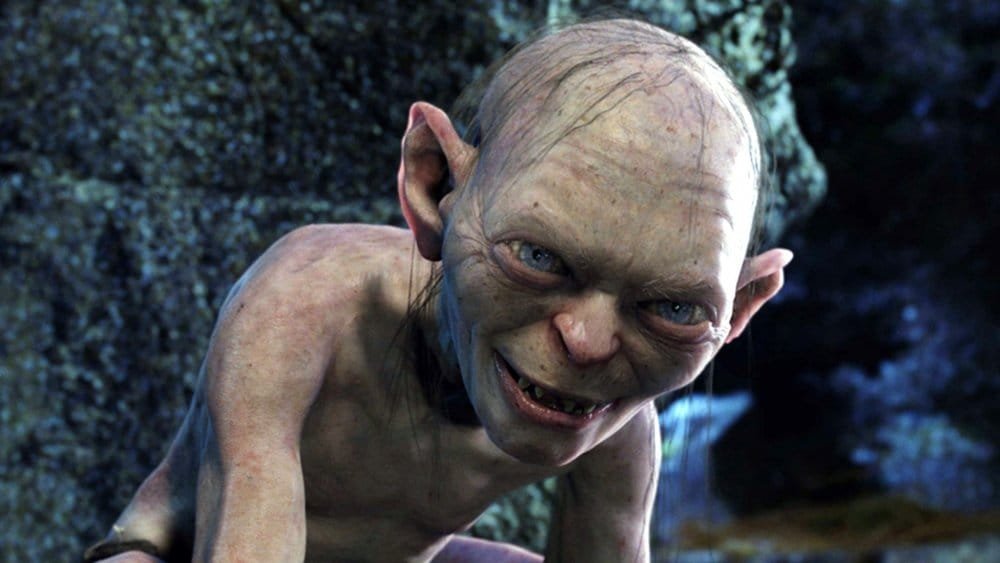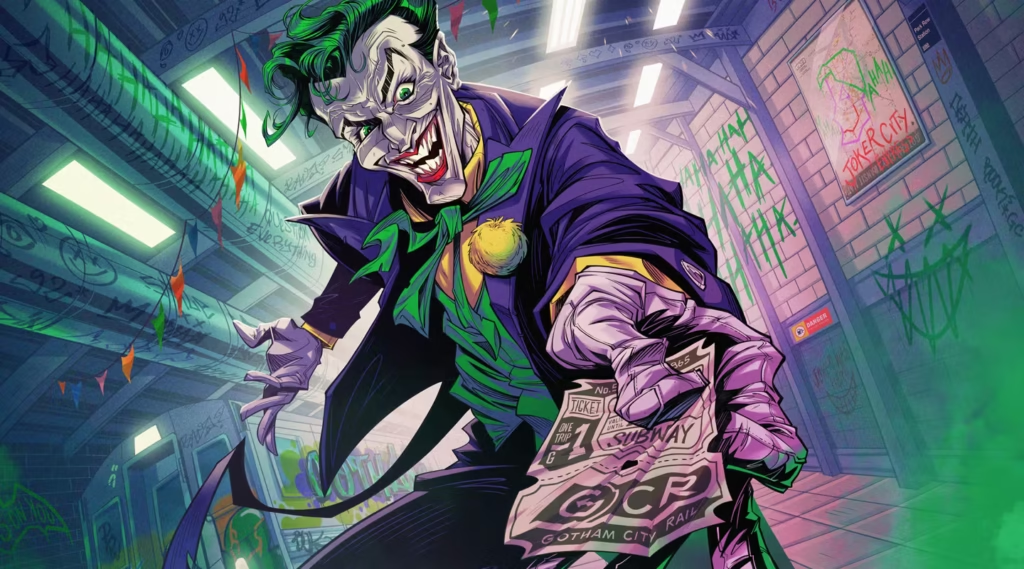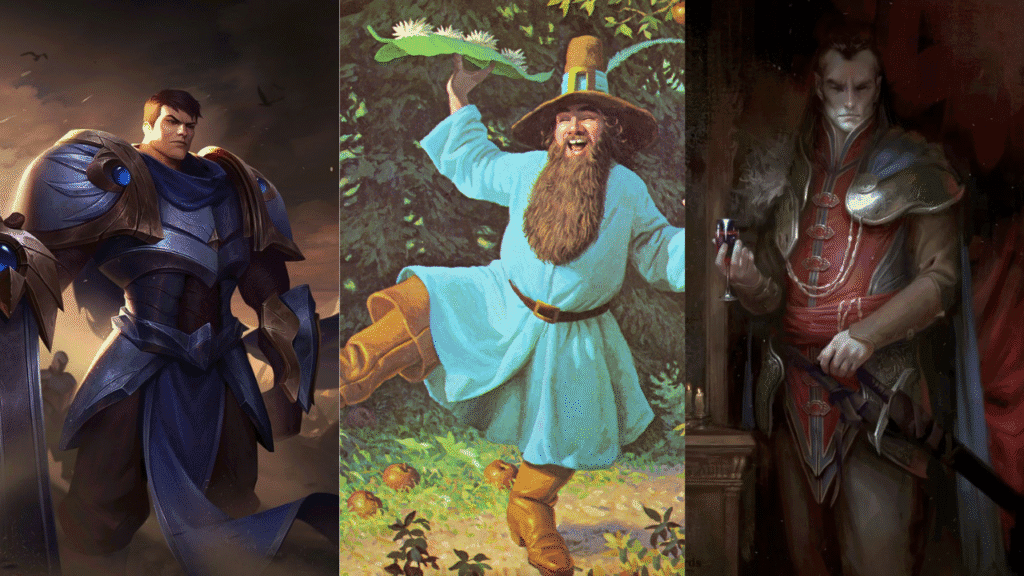If you played DnD before, I’m sure you ran into something we call ‘alignments’. When you’re creating a character for your DnD campaign, you’re not just picking your race and class. You’re also choosing how they see the world. Perhaps you want to create a noble paladin, who always follows the law. Or maybe you want to be a charming rogue, who bends the rules of society for a good cause. That’s where alignment kicks in!
So to simplify it, alignments describe your character’s moral and ethical values. It’s not a law set in stone, but it serves more as a guideline for your roleplaying in game. It guides you towards answering one big question: What would my character do?
How do Alignments Work?
As I mentioned before, every character in Dungeons and Dragons has an alignment. That holds true for player characters, NPCs, monsters, and animals.
Alignments are made up of two components:
- Law vs. Chaos (how you view rules and structure)
- Good vs. Evil (how you treat others and value life)
When you combine the two, you get one of nine classic alignments you can run into while playing DnD. Let’s break down every one of them!
| Good | Neutral | Evil | |
| Lawful | Lawful Good | Lawful Neutral | Lawful Evil |
| Neutral | Neutral Good | Neutral | Neutral Evil |
| Chaotic | Chaotic Good | Chaotic Neutral | Chaotic Evil |
1. Lawful Good
Lawful good are the standard for heroism in DnD. They believe in justice, honor, and helping others. But they always do so within the framework of rules, and laws. They don’t want to just do good, they want to do it in the right way.
These are usually the paladins of your group, but many others can be considered lawful good. The knights who uphold their chivalry and clerics who protect the innocent are more of textbook examples.
You might think playing such a character can be boring, just following the rules all the time. But that is definitely not the case. The lawful good characters are faced with the hardest of choices somehow. What happens when the law is unjust? When doing what is right requires breaking the rules?
Superman and Captain America are two great references for a lawful good character. They both protect humanity and uphold truth, justice, and law.

How to Roleplay a Lawful Good Character?
- Respect authority, but you are not blind to corruption
- You’re loyal to your allies, even if they stray. But try to guide them back
- You believe in justice, not vengeance
- Honor your word, even when it’s hard to do so
2. Lawful Neutral
Lawful neutral characters are completely devoted to rules, order, and structure. They differ from lawful good characters by not letting their emotions or moral judgements get in the way. Where lawful good asks ‘’Is this right?’’, lawful neutral asks ‘’Is this according to the law?’’ They believe the rules exist for a reason, and that following them creates a fair and functioning society.
To a character with lawful neutral alignment, loyalty to the system is paramount. They don’t generally care if the system is ‘’good’’ or ‘’bad’’, as long as it is followed and maintained. This alignment is common among judges, monks, and loyal enforcers.
The best example of lawful neutral that comes to my mind is Judge Dredd. ‘’He is the law’’, and enforces justice with zero tolerance or personal bias.

How to Roleplay a Lawful Neutral Character?
- Follow rules or orders even if you don’t personally agree with them.
- You believe that order is more important than morality.
- Respect hierarchy, structure, and chain of command.
- You try to remain impartial in emotionally charged situations.
3. Lawful Evil
Similar to lawful neutral, the lawful evil believes in order, hierarchy, and control. But they use and twist all of those to serve their own ambitions. You can look at them like villains who never really break the law. Instead they write and exploit it.
These types of villains are arguably more scary than the chaotic ones. Instead of being driven by madness or impulses, they are cold, calculated, and terrifyingly rational. They understand the power of structure that can be found in religion, governments, and traditions, so they can use it to manipulate and conquer it.
They are usually the dark lords, corrupt politicians, or abusive generals. The character I think of when considering the lawful good alignments is Darth Vader. He is loyal to the empire and follows or even creates its rules. He uses the empire to enforce its cruel laws with ruthless precision.

How to Roleplay a Lawful Evil Character?
- Respect rules and hierarchy, especially when you’re on top.
- Keep your word, especially if it binds others.
- Punish disobedience harshly to maintain control.
- You may act charming or diplomatic, but every move has purpose.
4. Neutral Good
These are the purest form of goodness that you can find in the alignments spectrum. Neutral good believes in doing good simply because it’s the right thing to do. They are not bound by following the rules of a code, government or god. Instead they act out of compassion and conscience, choosing the most effective and kindest option in a situation.
Neutral good characters are often healers, protectors, or just quiet heroes doing good in a messy world. They are not interested in personal glory, they only want to make the world a better place.
When I think of neutral good, my mind immediately goes to Spider-man. He wants to do what is right and does so, even though it may cost him personally.

How to Roleplay a Neutral Good Character?
- Put people before principles.
- Respect laws and customs when they help, but you’re not afraid to break them for the greater good.
- You often try to find peaceful solutions to conflict.
- You seek fairness, kindness, and balance, without getting caught up in politics or power struggles
5. True Neutral
Truly neutral characters are exactly that. They don’t lean towards good or evil, law or chaos. Instead they act purely in their own interest. Sometimes they even go that far, that they simply respond to situations as they come, without a moral or ethical bias.
There is a common misconception going around, that these characters are ‘’boring’’ or ‘’indecisive’’. But the truth is, that it can be one of the most flexible alignments in the game. True neutrals can be mercenaries, wise sages, maybe even some detached druids, that take on a quest only if absolutely necessary.
There are two characters that I can think of, when describing the true neutral alignment. The first one is Tom Bombadil from Lord of the Rings. He is extremely powerful, mysterious, but as all the stuff in the books went down, he couldn’t be less interested in getting involved. The second one is Garfield! He just wants to eat his lasagna and take a nap. Not evil, not heroic, just vibing.

How to Roleplay a True Neutral Character?
- Avoid extreme positions, preferring moderation or pragmatism.
- You might intervene in conflicts—but only to preserve balance, not to favor one side.
- Not driven by duty, kindness, rebellion, or cruelty—just the needs of the moment.
- You follow your personal code or nature’s will, rather than society’s rules.
6. Neutral Evil
Neutral evil characters are out for themselves, and no one else.. They aren’t bound by laws or traditions, and they don’t care about causes. Changing the world is not their interest. Profiting from it though, that’s exactly what they want.
What separates them from other evil alignments, is that they don’t care about anything else, other than their own profit. They calculate, manipulate, and strike when it benefits them. If helping someone gets them ahead they’ll smile and lend their hand in assistance. But as soon as they see that betrayal will get them even further, you can expect a knife in your back.
As a reference to this alignment I can give you yet another example from Lord of the Rings. Gollum might cooperate and act nice if needed. But as soon as he sees the opportunity to grab his precious, he will attack. Littlefinger from Game of Thrones is a decent example as well. He was always scheming behind the scenes and was loyal to no one. Ned Stark can tell you what happens if you trust a character like that.

How to Roleplay a Neutral Evil Character?
- Prioritize your own goals, safety, and success above all else.
- Don’t waste energy on morals, but also don’t cause chaos for its own sake.
- You might help others if it benefits you.
- Respect power, fear consequences, and betray anyone if the time is right.
7. Chaotic Good
Chaotic good characters are free spirits with a heart of gold. They fight for justice, help the oppressed, and stand up for what is right. But without the patience for authority or tradition. If the rules are in their way, they will break them without hesitation.
If you want to play a rebel, vigilante, or maybe start up a revolution, then this is the alignment for your character. They will protect their belief in freedom and compassion with everything they’ve got, even if it means taking down the government. That is why the common folk usually love them, while the rulers hate and fear them.
The perfect example of the chaotic good alignment is Robin Hood. He steals from the rich, gives to the poor, and flips off the sheriff while he’s at it.

How to Roleplay a Chaotic Good Character?
- Fight for what’s right, but refuse to be controlled.
- Value freedom above structure and law.
- You might be hot-headed or impulsive, but your heart is in the right place.
- Despise cruelty, oppression, and rigid systems that hurt the innocent.
8. Chaotic Neutral
A chaotic neutral is probably the most unpredictable a character could be. They are unpredictable, independent, and completely uninterested in sticking with the rules and laws. Most important to them is their own freedom and they rarely go out of their way to helps someone. They just want to do their own thing.
Characters of this alignment often represent tricksters, wanderers, and those who reject structure entirely. Be careful trusting them, as they might help you today, betray you tomorrow, and then buy you a drink a day later. And all of that just because it felt right to them in the moment.
When I think ‘chaotic neutral’, I think ‘Captain Jack Sparrow’. He is exactly what this alignment represents.. Wild, unpredictable, and mostly just in it for himself. Unless he surprises even himself.

How to Roleplay a Chaotic Neutral Character?
- Act on instinct, impulse, and whim, not duty or conscience.
- Don’t just follow the rules unless they happen to suit you.
- You’re unpredictable, but not necessarily cruel or kind.
- You seek freedom, novelty, and self-expression, often at the expense of stability.
9. Chaotic Evil
This alignment is just pure, unfiltered mayhem. Chaotic evil characters thrive on destruction, cruelty, and chaos. They care only about their own desires and don’t really care what it costs. All morals, all laws and order are just thrown out the window here. If it burns, bleeds, or screams, that brings them joy.
But it’s easy to mistake them for mindless brutes. Sure, they can be like that, but a lot of them are clever, manipulative, and dangerously charismatic. They just enjoy doing whatever they want, especially if it includes causing incredible suffering.
When you run into a demon, warlord, or a sadist, they are most likely chaotic evil. The example I think of first is obviously the Joker. He lives to cause chaos and watch society crumble (well, and to break Batman, but we all have hobbies right).

How to Roleplay a Chaotic Evil Character?
- Do whatever you want, whenever you want, regardless of the consequences.
- Don’t care about others. Their lives, their rules, their feelings are all meaningless
- You might be driven by rage, hatred, or just impulse.
- You’re often a force of fear, manipulation, or carnage.
Final Thoughts
I’ll be honest, when I started playing DnD I didn’t really understand alignments. I didn’t even pay that much attention to them, as it felt a bit overwhelming with all the information coming at me. But understanding it has helped me so much when I’m trying to roleplay my characters and NPCs as a DM.
The thing to remember is: alignment isn’t here to box your character into strict behaviour and limiting you as you play. It is more of a guideline to start off your character’s journey. Characters can of course grow. So one day, your lawful good paladin might lose his faith and drift towards neutrality. Just like real people, characters can change.
What alignment is your favorite to roleplay? Let us know in the comments below!


